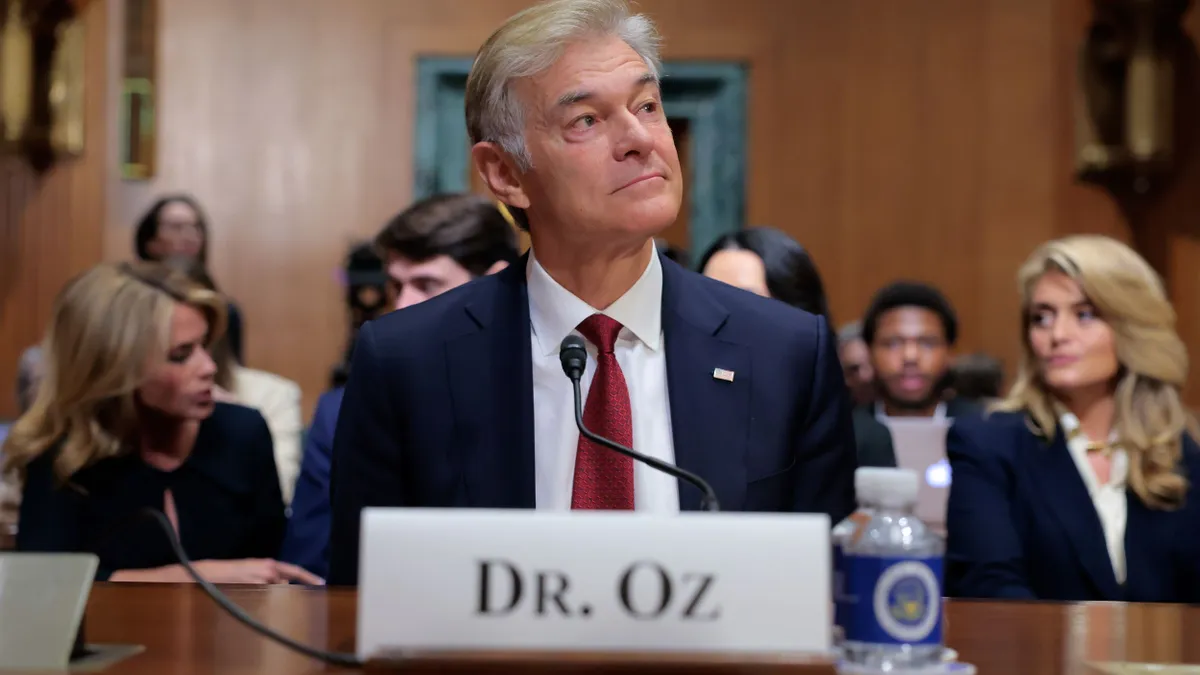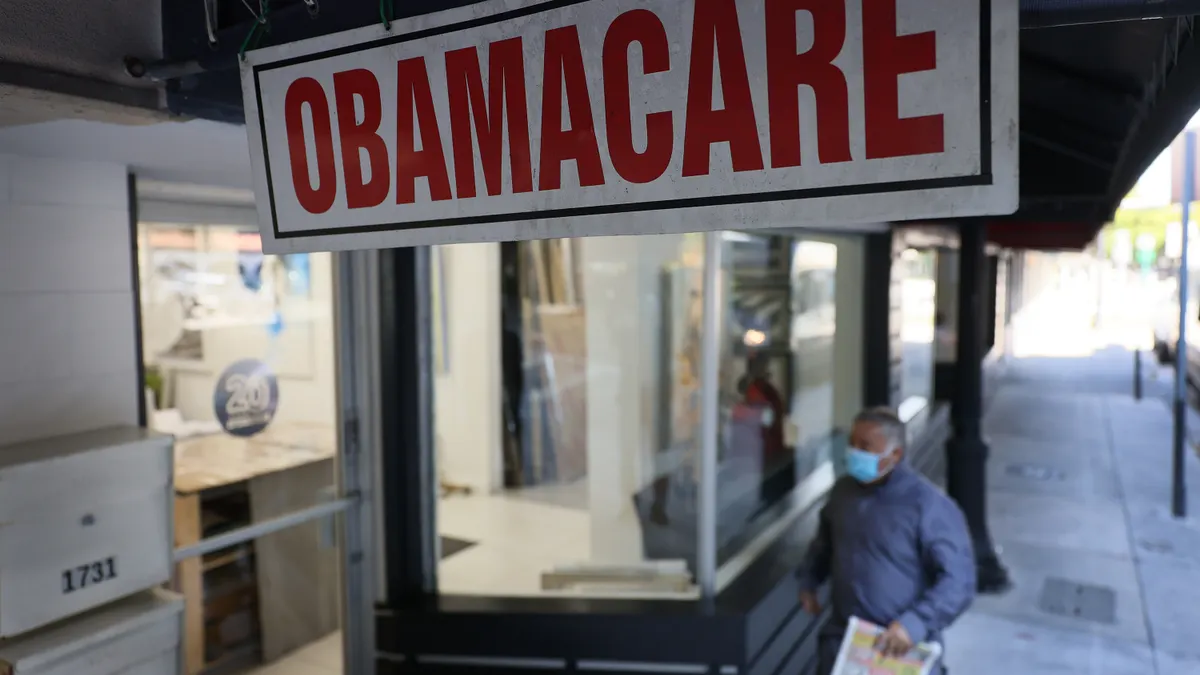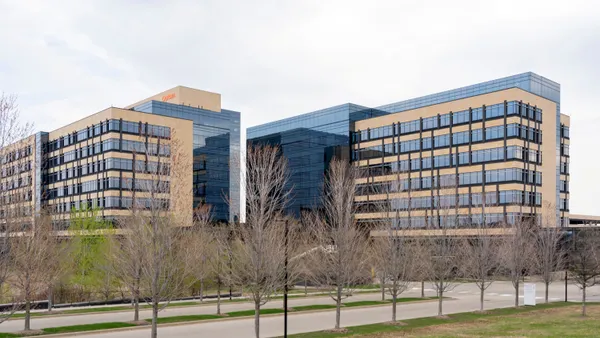Doctors — especially specialists — are pushing back against proposed changes to Medicare payment that would tamp down on reimbursement next year.
Medicare’s proposed physician fee schedule for 2026 includes a base rate hike of 2.5%. But it also includes an efficiency adjustment that would reduce payment by 2.5% for thousands of procedures and changes to how regulators calculate practice expense that would lower reimbursement for services performed in facilities like hospitals.
The reforms are meant to account for increased efficiency in procedures that doctors perform frequently, realign payment for primary and specialty care, and recognize larger indirect costs for doctors in office-based settings.
Many physicians support those goals. But the policy changes themselves are a bad idea, doctors are warning the CMS.
Many of the thousands of comments on the rule were from individual physicians and provider trade associations saying that the proposals are overly aggressive, based on flawed reasoning and would further destabilize Medicare’s already shaky physician payment system.
“As one of only two Infectious Disease specialists in Southwest Louisiana, providing care to a very large number of patients on Medicare/Medicaid, the proposed cuts will force me to consider either restricting access to those populations or just retire, both decisions being equally painful,” one commenter wrote.
Taken together, the reforms would result in 37% of oncologists facing cuts between 10% and 20%; 80% of infectious disease doctors facing cuts of 5% or more; and more than 56% of internists facing cuts of 5% or more, according to the American Medical Association.
“Reducing Medicare reimbursement will affect my ability to delivery high quality patient care. Every year our business expenses go up, including the cost of staff salaries and equipment purchases and Medicare reimbursements keep going down,” another commenter, who identified themselves as a glaucoma specialist in California, wrote. “It is becoming too much to bear.”
‘Do not finalize the efficiency adjustment’
The CMS released the 2026 Medicare physician fee schedule in July. The rule, for the first time, includes an efficiency adjustment to certain work relative value units, which measure the resources used to furnish a service and become payment rates after a conversion factor is applied.
Regulators proposed a 2.5% decrease in work RVUs for most services, with further cuts every three years.
The adjustment is meant to correct Medicare historically overvaluing the time-based assumptions backing payment for these services, regulators said. Physicians have likely become more efficient at providing them over time as technology gets better and doctors gain experience, so Medicare is overpaying as a result, according to the CMS.
The proposal doesn’t include time-based codes, like for evaluation and management services or behavioral health. Still, the efficiency adjustment would result in cuts to more than 7,000 services — which equates to 95% of services provided by physicians, according to the AMA.
“This is not going to make America healthier,” the AMA wrote in a press release about the rule last week.
The adjustment is arbitrary and based on flawed assumptions, according to physician groups. In its comments on the rule, the AMA cited a study that found there has not been an efficiency gain in procedure times — and that some procedures are actually becoming more complex and are taking doctors longer to perform.
The proposal would also add significant administrative complexity for doctors and create distortions in measuring productivity, according to the Medical Group Management Association, which represents more than 15,000 medical groups.
That’s not to mention the additional financial stress on providers if Medicare further restricts reimbursement. Physicians already say that payment in the program, which covers almost 69 million Americans, isn’t adequate to cover the increasing cost of providing care. Part of the issue is that the CMS is required by law to make annual updates to Medicare physician pay budget neutral, so keeping pace with rising inflation is next to impossible.
Medicare reimbursement to doctors dropped 33% from 2001 to 2025 when adjusted for inflation in practice costs, according to the AMA.
If the efficiency adjustment goes through, it will aggravate the payment reductions that doctors have endured for decades, the American College of Rheumatology wrote in its comments on the fee schedule.
“The proposed across-the-board adjustment is not being appropriately applied and does not reflect the time and effort physicians use in providing thousands of services,” the ACR wrote. “The ACR strongly urges CMS to rescind this proposal and explore alternatives.”
The CMS should consider a more targeted adjustment of non-time based codes, the MGMA suggested. That could include frequently reviewing higher volume codes and taking each ones specific clinical circumstance into account.
“Do not finalize the efficiency adjustment,” the MGMA wrote, adding later, “There are numerous policy levers at CMS’ disposal to more accurately pay for primary care services ... [without] instituting a severe cut to thousands of codes to accomplish this goal.”
Equalizing reimbursement by site of care
The CMS also proposed updates to how Medicare accounts for practice expenses. Specifically, the regulation would reduce the portion of expense RVU allocated based on work RVU in the facility setting to half the size used in the non-facility setting.
It’s a wonky change, but an important one: The reform would substantially lower reimbursement for services that physicians provide in the facility setting, like in hospitals or ambulatory surgery centers.
Physicians in facility settings would see their payments drop by about 7%, with some specialties seeing a much larger cut. Payments for physicians in non-facility settings would increase by about 4%.
Regulators said that more and more doctors are being employed by hospitals after years of consolidation, so the current system of determining practice expense costs is out-of-date. Office-based settings may have higher costs than facility settings. So, the change would decrease the payment differential between hospital outpatient departments and physician offices for the same services, hopefully bolstering private practices as a result, the CMS said.
Again, it’s a goal that physician groups largely support. But it could have unintended consequences, according to doctor groups — some of which, like the AMA, count hospitals and other major physician employers among their members.
“We are concerned that the proposed cuts to [practice expense] do not address the root cause of this differential, do not reflect resource costs incurred by practices in the facility setting, create significant impacts to many individual physicians and other health care professionals, and could drive consolidation,” the AMA wrote.
The consolidation argument is underpinned by the assumption that cutting reimbursement for facility-based services would hurt independent physicians who provide services in hospitals or other similar settings. It’s a concern shared by the MGMA, which also flagged it in its comments to the CMS.
The CMS shouldn’t “[resort] to drastic cuts that hurt the very private practices that CMS is purportedly trying to support. A top-down rate setting approach without a full understanding of the practice landscape ... would have severe consequences,” the MGMA wrote.
Unstable ground
Though the rule increases base payments next year — a raise allocated by Congress in the “Big Beautiful Bill” — the boost does nothing to address the growing divide between revenue and expenses for many Medicare providers, doctors told the CMS.
Even though physician productivity has increased over the last two years, revenue and compensation per RVU has actually dropped, according to research from consultancy Kaufman Hall.
“Sooner or later, policymakers must address our outdated and unsustainable Medicare Physician payment system, but unfortunately, this proposed rule doesn’t do it,” Dr. Carol Langford, the president of the ACR, said in the rheumatology association’s comments. “Ultimately, these policies will add to the financial burden many practices are already facing.”
Reimbursement pressures are also coinciding with sharp inflation and rising labor expenses, resulting in shrinking margins for physician practices. That’s led many to sell, often to large corporate buyers like hospitals or insurance companies, or close altogether, creating access issues for patients.
Physician groups used the comment period to stump for tying payment updates for physician practices to inflation — a reform supported by health policy advisors to Congress and by many lawmakers on the Hill. One oft-cited policy would tie annual Medicare payment updates to the Medicare Economic Index, a measure of cost inflation.
A bipartisan group of representatives introduced a bill in the House two years ago making the change, but it’s seen little movement. For now, “we remain deeply concerned with the trajectory of Medicare physician payment,” the MGMA commented.






















